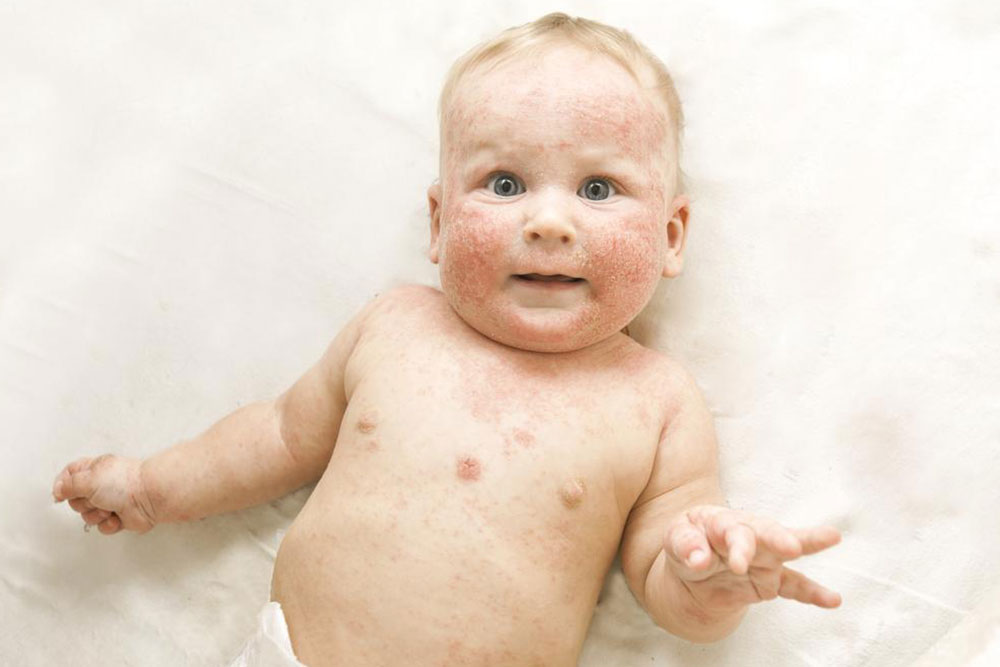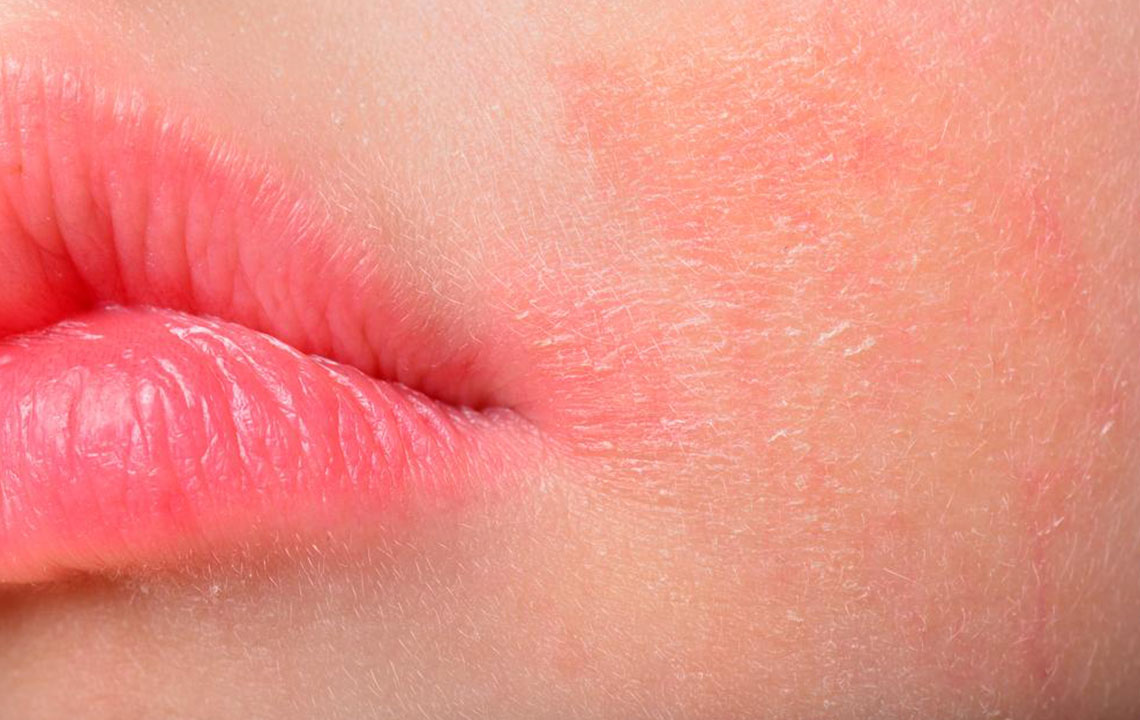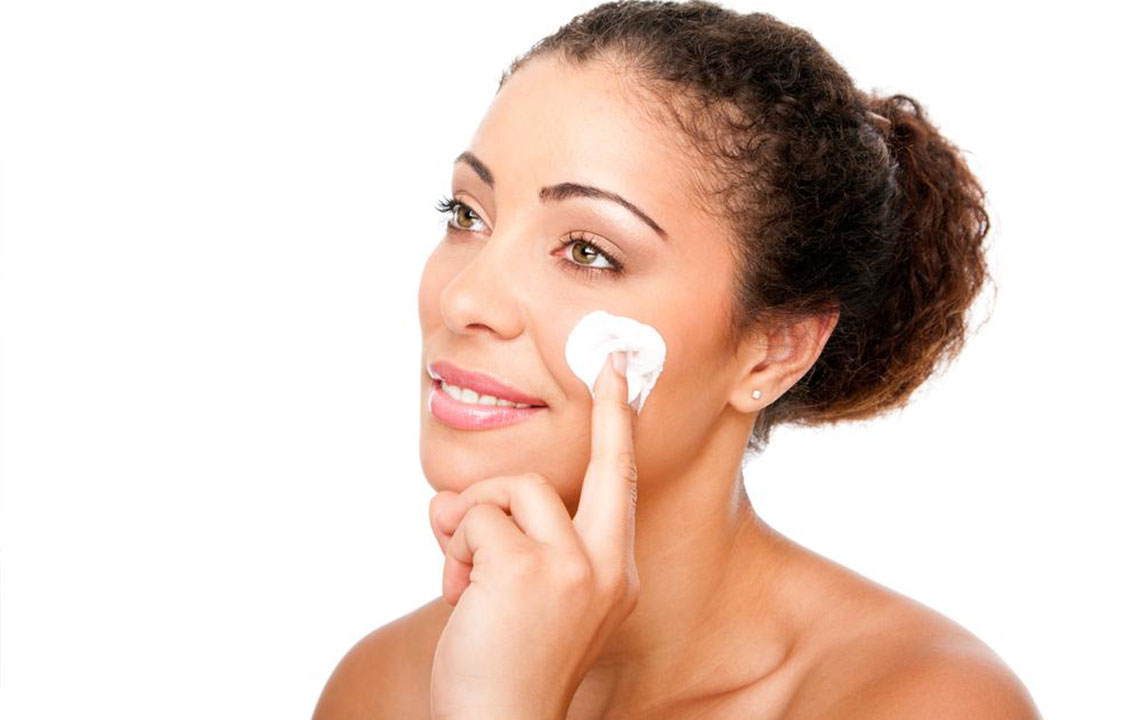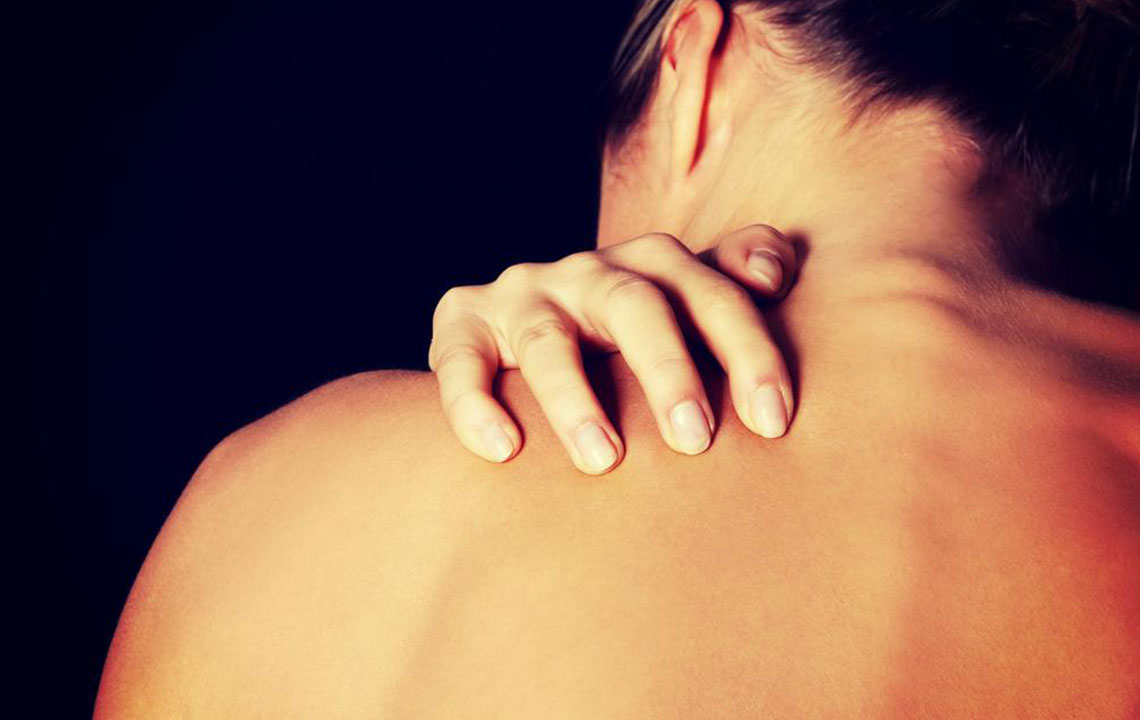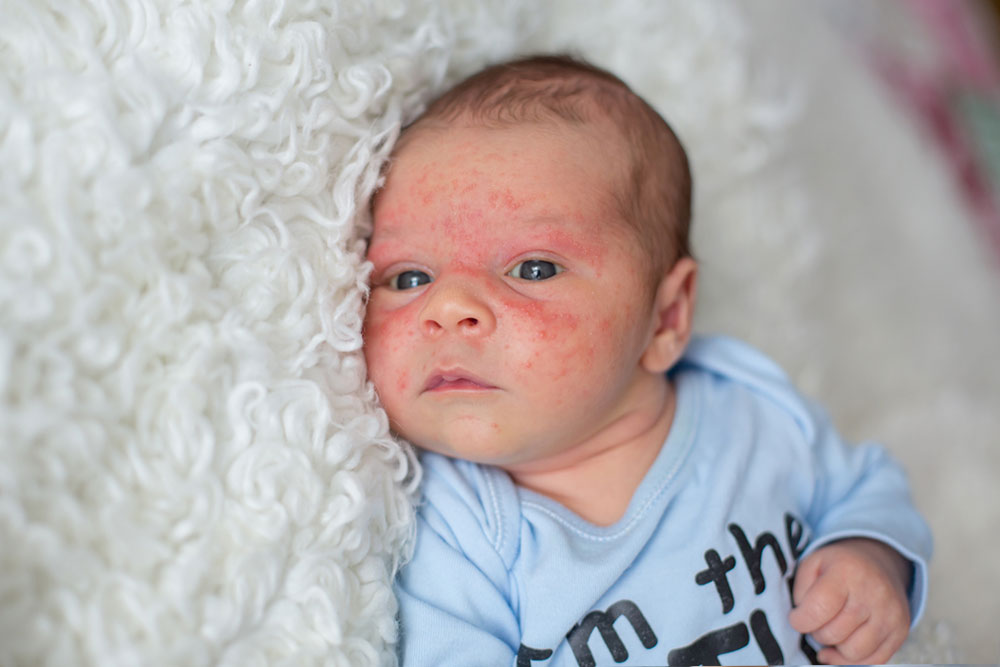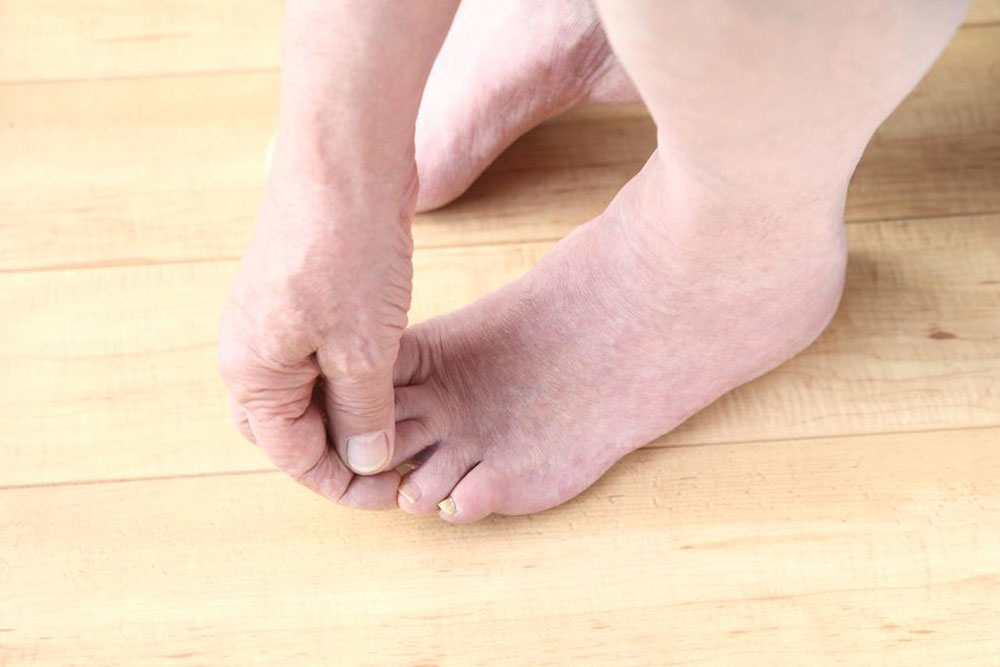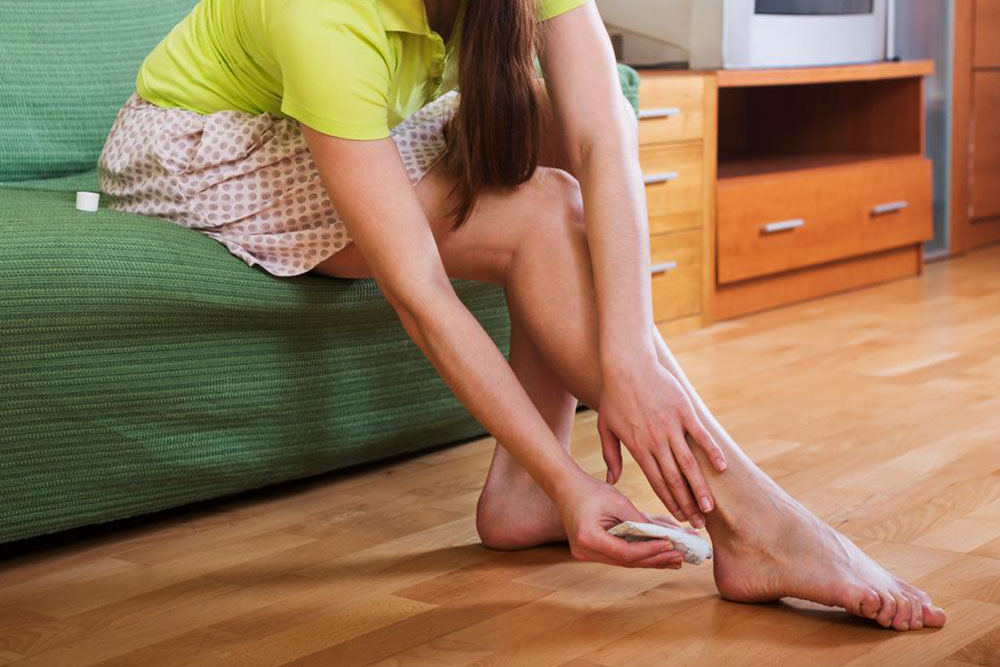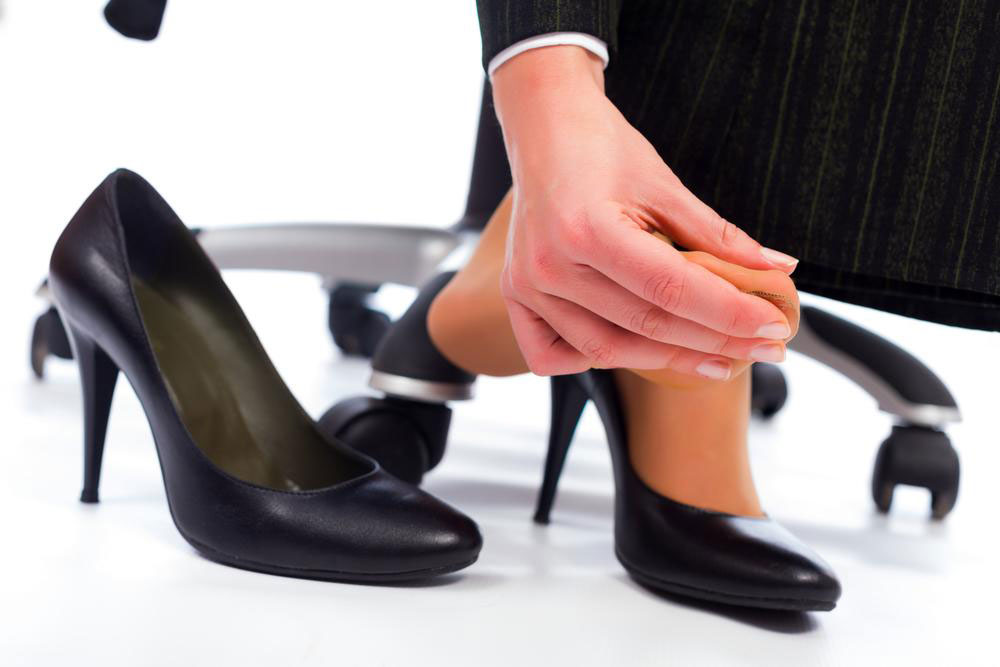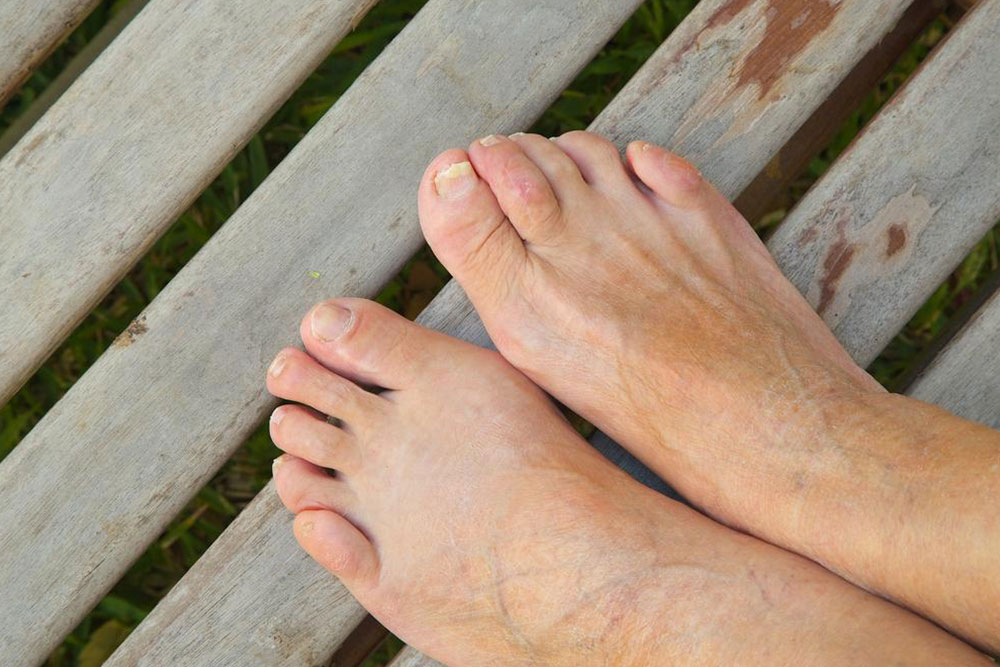Understanding Blisters: Causes and Effective Ways to Speed Up Healing
This article explores common causes of blisters, including friction, extreme temperatures, and insect bites. It offers practical tips for quick healing, such as allowing blisters to breathe, keeping them clean, and saline soaking. Seek medical attention if necessary. Ideal for individuals seeking practical skin care advice, particularly for blisters caused by everyday activities and environmental factors.
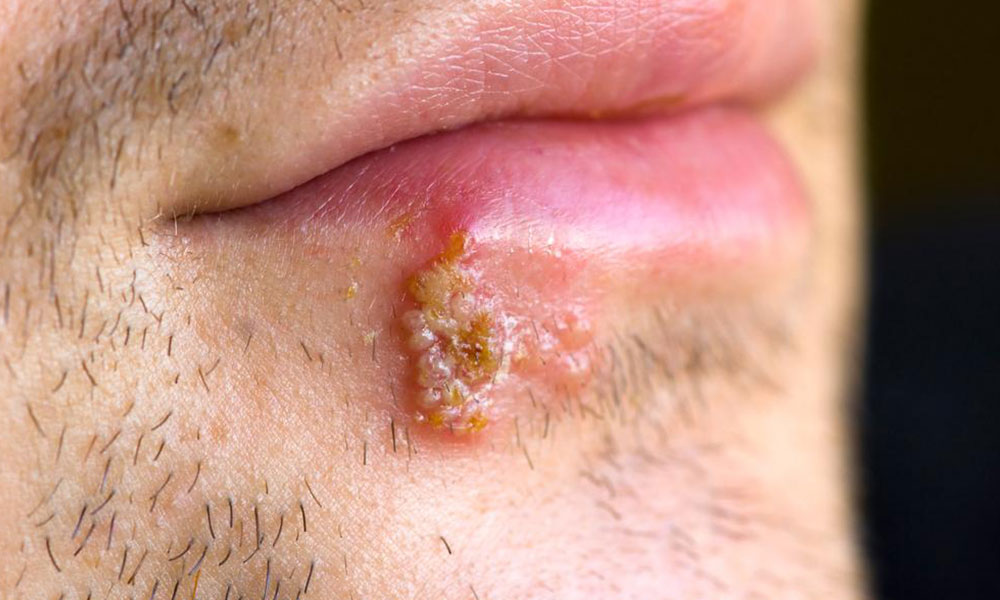
Understanding Blisters: Causes and Effective Ways to Speed Up Healing
Blisters are tiny, pouch-like formations that can occur anywhere on the skin. These fluid-filled sacs develop on the surface and are often itchy, with minimal discomfort. Various factors can lead to blister formation, including:
Friction-induced blisters – These are among the most common types. Wearing tight shoes or sandals that rub against the skin can cause blisters to form, especially in areas prone to friction.
Heat and cold exposure – Extreme temperatures can damage the skin, leading to blisters. Handling frozen objects or touching hot surfaces like stove burners can cause mild burns, resulting in blister formation that takes longer to heal.
Insect bites – Bites from insects like fleas and bedbugs may cause clusters of blisters. While many insect-bite-induced blisters are harmless, some require medical attention.
Dealing with persistent blisters can be frustrating. Here's how to promote quick healing and relief:
Allow it to breathe – Keep fresh blisters untouched unless they break open. Exposing the blister to air speeds up healing. Avoid water contact to prevent infection.
Maintain cleanliness – If a blister pops, clean it thoroughly with an antiseptic, apply an antibiotic ointment, and cover with a clean bandage to prevent infection.
Use saline soaking – Soaking blisters in warm saline water can aid healing by reducing swelling and softening excess skin. Repeat this process twice daily for optimal results.
If the blister does not improve or worsens, seek medical advice promptly.

